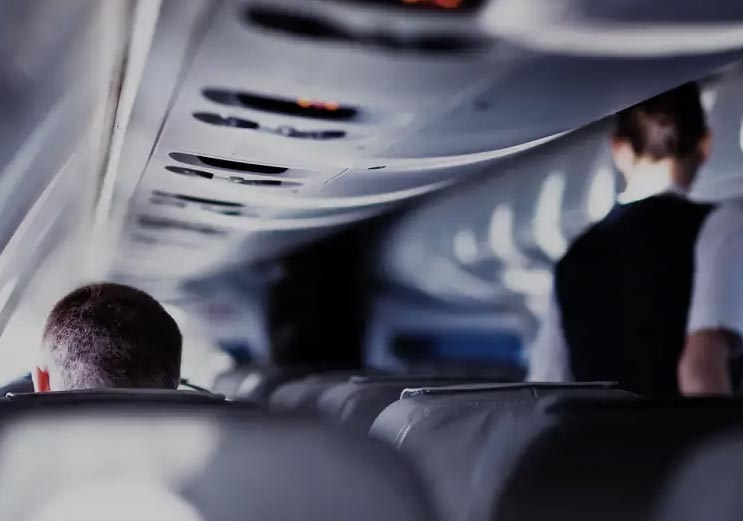You get onto your flight…settle down, and turn on the seatback screen, whilst rummaging through the seatback looking for something interesting to read, and up comes the menu!
A quick cursory glance at the dishes…wondering what you should order, and, especially when you are travelling business or first, the choice is always excellent. Separate wine lists on certain prestige airlines also tempt passengers to indulge. Then the menu is back in its place until dessert, and onto the screen to watch a movie.
If the average passenger realized the extent and work the airline, in conjunction with a menu service provider, have gone through to ensure a menu onboard, he or she would definitely give it the respect it deserves.
Food product managers, travelling to each and every destination that the airline travels to and meeting up with caterers to taste, sample and decide on what dishes to put on board. The same is done from the country of origin. However, they also have to ensure that the budgets of the airline are adhered to, so every ingredient is registered. Thereafter, ensuring that these menus are written out in a tempting and culinary manner, to tempt the palate of the discerning passenger, is a task that some airlines manage in-house or outsource to service providers or companies that specialize in aircraft menu management. That’s when
the fun begins.

The English culinary writing is completed, approved by the food product manager, and then depending on the airline, sent for translations into a 2nd or 3rd language, depending on the airline. In the GCC, most airlines will have Arabic as a second translation language on all menus, and a third language depending on the destination. These translations have to be done by specialized culinary translators, as it is a very niche area of specialization.
Once done, all translation files come back to the service provider, i.e. the menu management company, and they put together the complete artwork.
Once proofread and approved, it then goes into production and quantities are calculated depending on the frequency of flights per week/month, the type of aircraft with seating capacities for the economy, business and first, as well as change of “cycle”.
So as to ensure that passengers do not get bored with the variety and selection of food, airlines change menus for different sectors, on a regular basis. For instance, short haul flights of less than 4 hours, change cycles every 7 days, whereas medium haul may change cycles every 15 days. Long haul flights normally change every 30 days, and thereafter, after every 4 cycles, the complete menus are given a complete revamp or changed.
In order to save on wastage, the service provider normally works either with the stores of the inflight catering to provide “just in time printing” or takes responsibility of packing by flight assuming full load and recycling any leftover menus, in case of non-utilization.